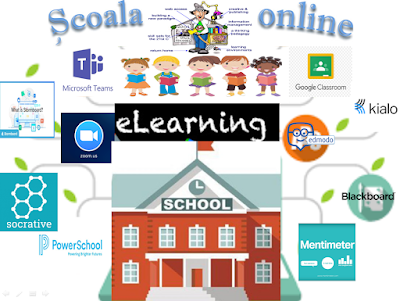|
| Image source logopearl.com |
Since 4 years now, a revolution has been taking place in
software development when 1st Ipad by Apple was relased on 3 april
2010 and since then this mobile device evolve and now are more than
1 Milion apps in Apple store, most of them are free and for this
reason every day this mounth I will share in my blog Top 10 ipad
apps in all of kind of categories . With iPad
in Education
, your classroom materials go way beyond the
classroom. Discover over 65,000 apps just for education,
interactive books on every subject, and speeches, virtual tours,
and videos from experts and institutions around the world.
Extending of mobile devices in Europe presents an opportunity
for those concerned with education to explore their potential for
mobile learning – learning facilitated by mobile technologies (
Learning in hand )– to enhance education. This highlights a missed
opportunity for educators and policymakers, as mobile telephones –
especially windows phones, iphones, ipads, smartphones, – can be
equally powerful learning tools that are significantly less
expensive than other devices like laptops and tablets, promoting
BYOD ( bring your own device ). According to a September 2013
report from Gartner, over 102 billion apps were downloaded
worldwide in 2013; 90% of those apps free. Simple but useful apps
have found their way into almost every form of human endeavour, and
a popular app can see millions of downloads in a very short time.
The huge market for apps has spawned a flood of creativity that is
instantly apparent in the extensive collections available in the
app stores. Online app marketplaces provide an easy and highly
efficient way to deliver software that reduces distribution and
marketing costs significantly. Mobile apps are particularly useful
for learning as they enable people to learn and experience new
concepts wherever they are, often across multiple devices. People
everywhere, but especially in Europe, increasingly expect to be
constantly connected to the Internet and the rich tapestry of
knowledge it contains wherever they go. According to the 2013 “ICT
Facts and Figures” report, Europe enjoys the highest Internet
penetration rate in the world (75%). The mobile penetration rate in
Europe is at 1.26, meaning most Europeans carry more than one
mobile device — 30% higher than the global rate, and multiple
studies document that when people access the Internet they are most
likely to do so with their personal device. London-based research
firm CONTEXT reported that in the first half of 2013, tablet sales
increased by 137% across Europe, with the Central and East European
region one of the strongest growing markets worldwide. The
unprecedented evolution of these devices and the apps that run on
them has opened the door to myriad uses for education. Learning
institutions all over the world are adopting apps into their
curricula and modifying websites, educational materials, resources,
and tools so they are optimised for mobile devices. The
significance for teaching and learning is that these devices have
the potential to facilitate almost any educational experience,
allowing learners to organise virtual video meetings with peers all
over the world, use specialised software and tools, and collaborate
on shared documents or projects in the cloud, among many other
things. In contrast to how mobile devices are used for learning,
traditional ICT-based learning seems oddly place-bound.
Curation iPad apps
- Learnist
- Scoop.it
- Flipboard
- eduClipper
- Pinterest
- Clipix
- Pulp
- Pearltrees
- Feedly
- SymbalooEdu
- Taptu
- Bundlr
- Vi.sualize.Us
- Fancy
- IFTTT
- Blendspace
- YourVersion
- Trove
- Delicious
- Everclip
Lucian Duma
What is mean for you Learning in hand using your Ipad ?
Please leave comments and feed-back .














